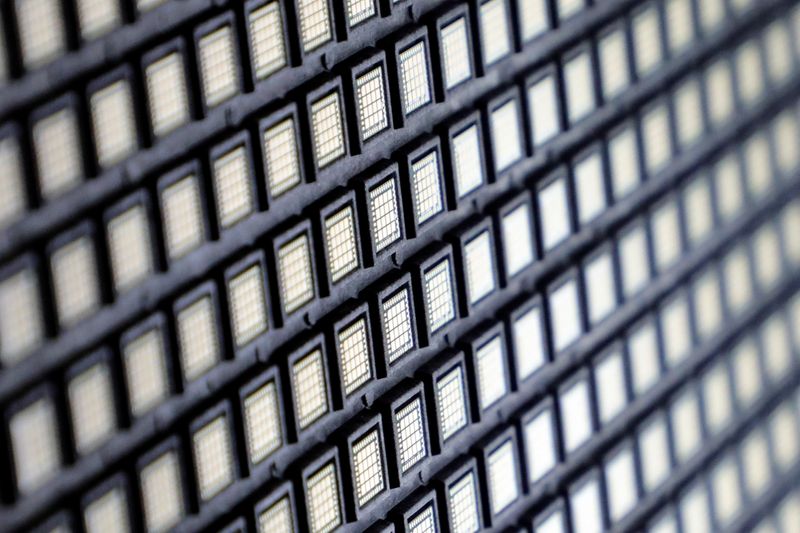European stocks steady ahead of Nvidia’s results; U.K. CPI falls
Investing.com -- The Trump administration’s Section 232 investigation into semiconductors is shaping up to be a major policy lever with potential consequences across the U.S. chip industry.
Initiated in April, the probe aims to assess whether imports of semiconductors and related equipment threaten national security, a determination that could justify broad tariffs. A final report may be out soon.
Section 232, part of the Trade Expansion Act of 1962, gives the President sweeping powers to impose remedies—including tariffs—if imports are deemed to harm national security.
Compared to other tariff tools, it offers “much broader authority to impose remedies,” Bernstein analysts said. Importantly, the probe’s scope includes not just standalone chips but also the products that contain them.
While the U.S. imported about $45 billion in semiconductors in 2024, much of the value comes embedded in finished goods.
“Out of the ~$3.3T in goods imported in 2024, the top 3 categories s (machinery, electrical equipment, and vehicles) accounted for ~$1.4T,” and many of those products are “semi-rich,” analysts led by Stacy A. Rasgon said, with chips making up a significant share of their cost structure. Phones and PCs are key examples.
Tariffs could be applied either at the chip level or based on semiconductor content inside devices, with the latter possibly including incentives for using U.S.-made components.
“The most effective way to tariff the value of imported semiconductors is likely to go after component-level content,” the team said. However, such a strategy could be difficult to administer given the complexity of global supply chains.
Among potential beneficiaries, Bernstein highlights Texas Instruments (NASDAQ:TXN) and Intel (NASDAQ:INTC) as standouts.
The broker points out that these chipmakers “are really the only two that have large global capacities with a U.S. footprint exceeding 50%.”
Texas Instruments has been building greenfield capacity in the U.S., while Intel operates multiple fabs and packaging sites domestically.
“Texas Instruments has clearly been prepping for a scenario like this for some time and is one of the few companies that is actually building substantial amounts of greenfield capacity in the U.S.,” the note states.
Other firms with relatively high U.S. manufacturing footprints include Microchip (NASDAQ:MCHP), Qorvo (NASDAQ:QRVO), Skyworks (NASDAQ:SWKS), Broadcom (NASDAQ:AVGO), NXP (NASDAQ:NXPI), and Analog Devices (NASDAQ:ADI).
According to its analysis, Bernstein sees potential for tens of billions of dollars to be raised through these tariffs, which could lift device costs significantly. While tariffs are broadly seen as negative for demand, the policy may offer a relative advantage to U.S.-centric manufacturers if implemented.
